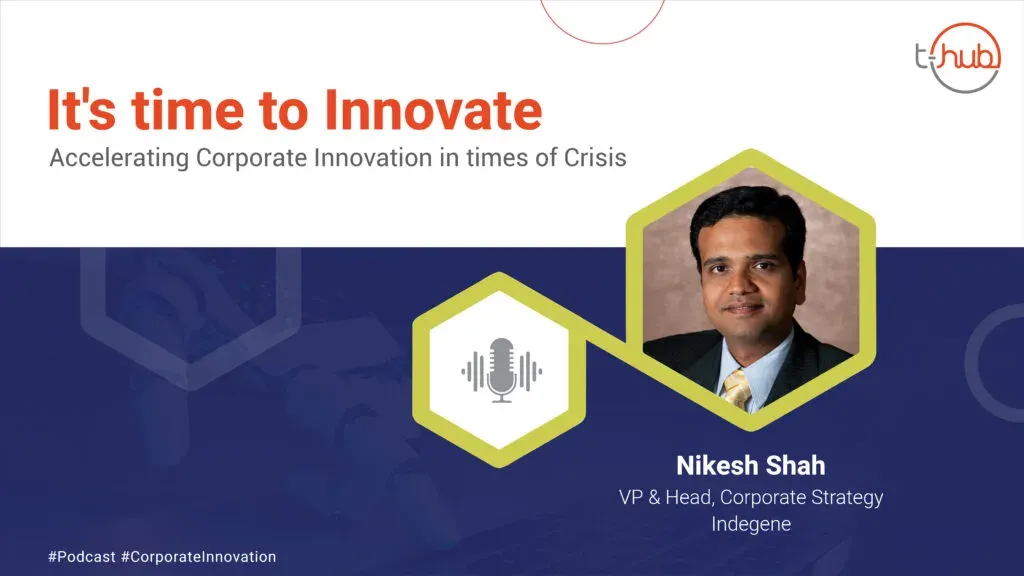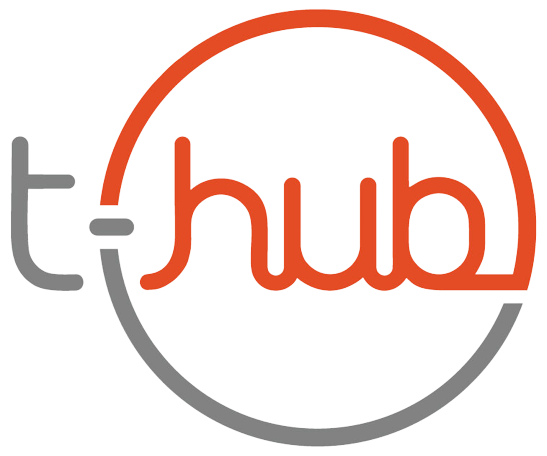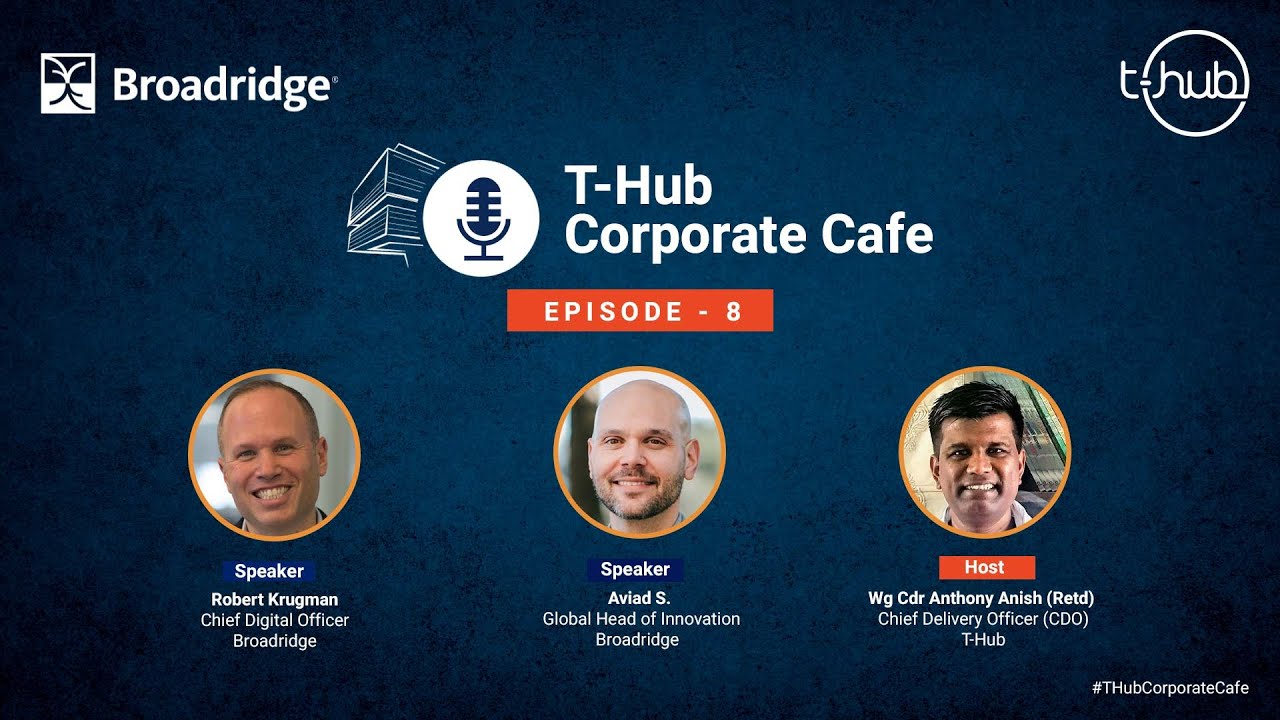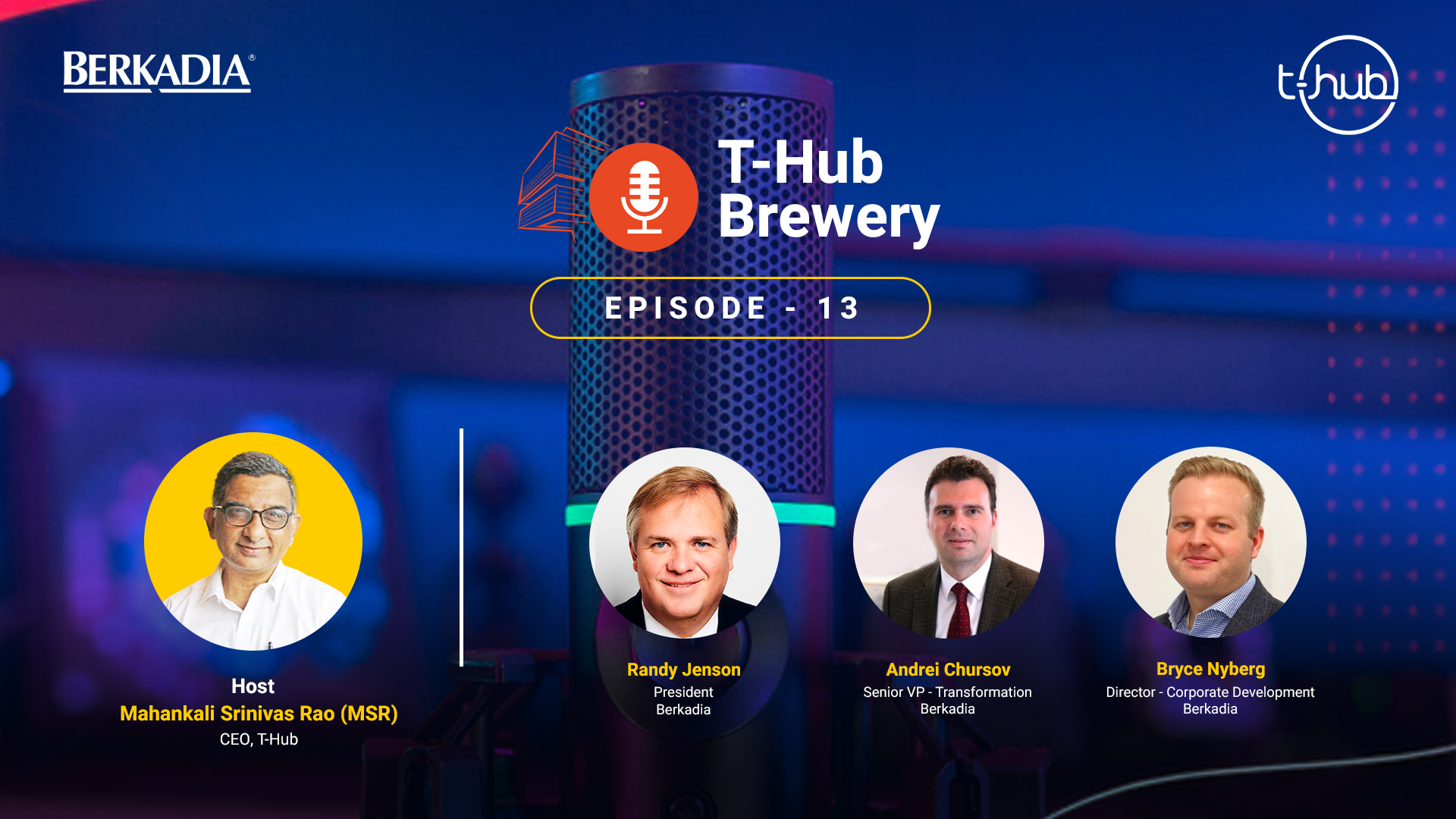Hi, I’m Nikesh, and over the last 20 odd years, I have had the privilege of working with industries and companies that deal with innovation on a regular basis. During my consulting stint with Accenture, I had the chance to advise clients on innovation. During my stint with Infosys and currently with indigene, I grapple on how to deliver innovation to my clients. And during my tenure with a genomics startup, I worked and innovated with a really creative team.
But what is innovation? A much used and abused word, isn’t it? Another such word is value. Now I’m going to commit harakiri and use both of these in the same sentence. According to me, innovation is anything that adds value to your customer in a way that they did not think about it. I’m going to repeat it. Anything that adds value to your customer in a way that they do not think about it. To me, that is the simplest way to define innovation and also search the context for the rest of my talk. Given that we are speaking in the corporate and commercial context and not an academic one, to me, innovation has to be from the point of view of the customer. You could have the most cutting edge solutions, but if the customers already have it or don’t feel that it adds value to them, then they’re worthless. Now, if we start peeling the onion a few layers, we can categorize innovation into three categories. I’m going to try and explain it through how our cars have evolved.
The first category is incremental innovation, something that adds a bit more value to your customer than they are used to. For example, refinement in how much power or mileage you get from your car. The second category, step up innovation, something that adds substantial value to your customers and might even change how they do things. For example, introduction of automatic gearboxes in our cars. A third, innovation is disruptive innovation, something that not only changes the way customers do things, but even how they think about how they do that. For example, Electric cars. And you know, what we are going to see in the next decade is self-driving cars. Now, when the value added to the customer increases from incremental to step up to disruptive, so does the effort required, the enormity of the change management required and the risk that the innovator has to undertake? So while disruptive innovation might be the holy grail that all corporates and startups might aspire to achieve, very few have the risk taking appetite to put their money where their mouth is, by no means am I trying to undermine the need for incremental or step up innovation. A huge number of companies have been very successful at providing the same over the last few decades. But it is also a well-established fact that the disruptors command a disproportionate premium if and when they succeed. Staying with an auto industry example, just look at Tesla’s market cap vs. the next 10 auto companies that are step up or incremental innovators.
So it is important to identify the kind of innovative company you are or want to be, be comfortable with that and define your vision and goals accordingly. There is no such thing or extremely rare in any case, as let’s start innovating and maybe we will stumble upon something disruptive. It takes a totally different culture to be a disruptor, totally different kind of organization alignment, a totally different set of people. Which brings me to the other thing that I want to talk about. That is how do you manage innovation, irrespective of what kind of innovative company you are, having a common objective and a shared vocabulary of how to measure progress towards that objective is priceless. This is where OKRs come in. OKR stand for objectives and key results. Objectives are what you want to achieve, and key results are how you’re going to measure the progress towards their objectives. OKRs are a tool that enables organization to do what I just mentioned, have a transparent objective that everyone understands, a shared vocabulary on measuring progress towards it and clarity on how everyone contributes towards it. At this point, some of you might start rolling your eyes over and say that you can’t tyabb innovation and systems and processes. But what if I told you that OKR’s are used by some of the most disruptive and innovative companies in the world, like Intel, Google, Amazon, Microsoft, LinkedIn, Facebook and many such companies. To quote Google co-founder Larry Page, “As much as I hate process, good ideas with great execution are how you make magic, and that’s where OKR’s come in”.
I would, in fact, argue that the more disruptive the innovation, the higher the need for OKR’s simply because OKR’s help you focus and commit to priorities. My personal experience working with innovators is that they have a gazillion ideas coming out of their head and a large number of them are great ideas, too. So far it’s all good. But the challenge is that innovators like to chase all of them at once. With OKRs organization has transparently communicated to everyone in all the teams what the objective is and how we are going to measure progress. Any effort that doesn’t align to that objective is quickly found out. Of course, that doesn’t mean that OKRs are rigid, inherent in the process is a review mechanism that allows for course correction. Lastly, OKR’s encourage teams to aim for goals that are real stretch goals since they are not linked to compensation. Well, not entirely at least.
I would like to wrap up by suggesting to any innovator that whatever be your objective for innovation, one of your KRs has to be validated from customers of the value it provides them. Now, whether you get that validation in the form of pilots, proof of concepts or better still, funding for innovation, you must attempt to do that. That’s when you know you’re on the right path and that your efforts are going to be rewarded. All the best and keep innovating.






